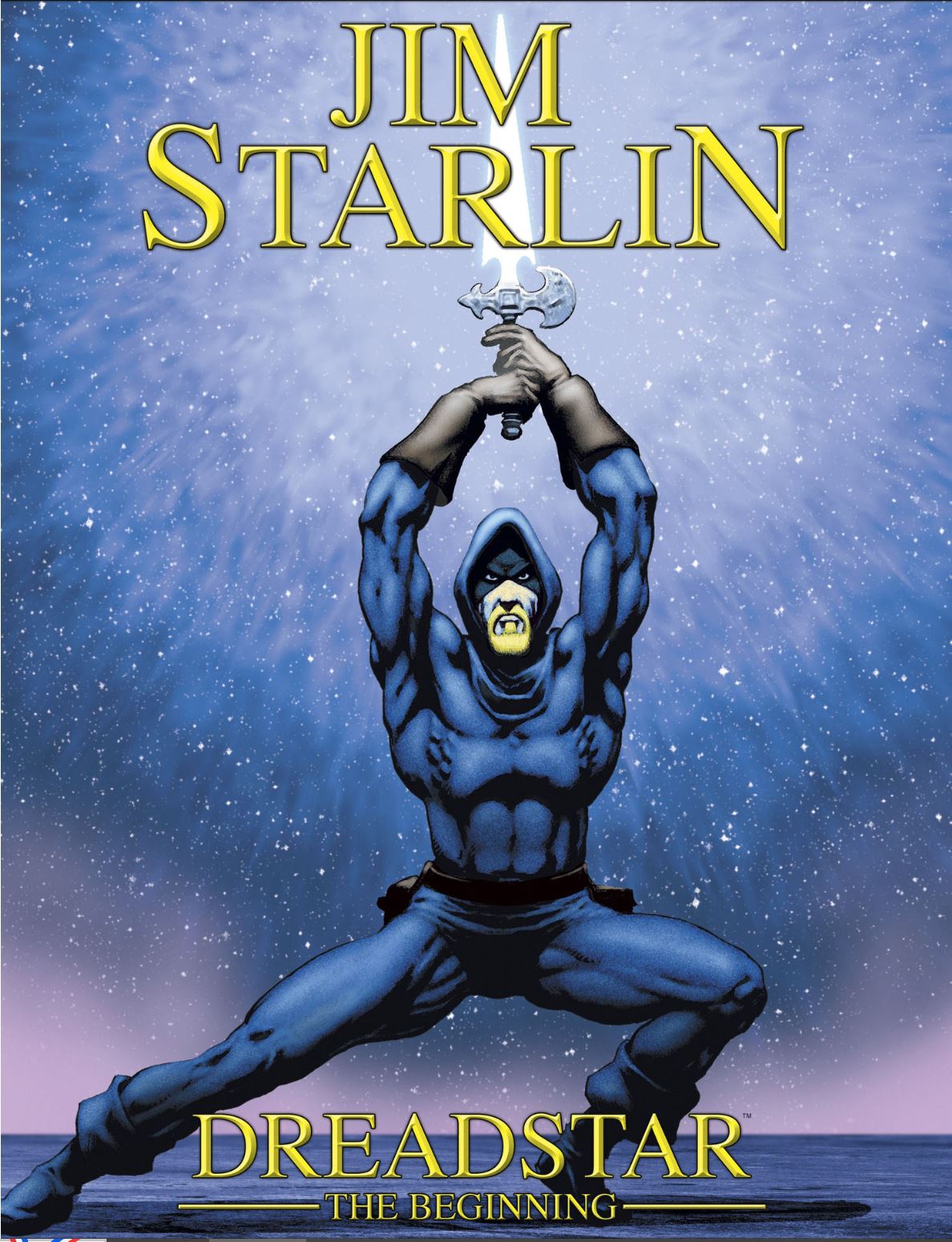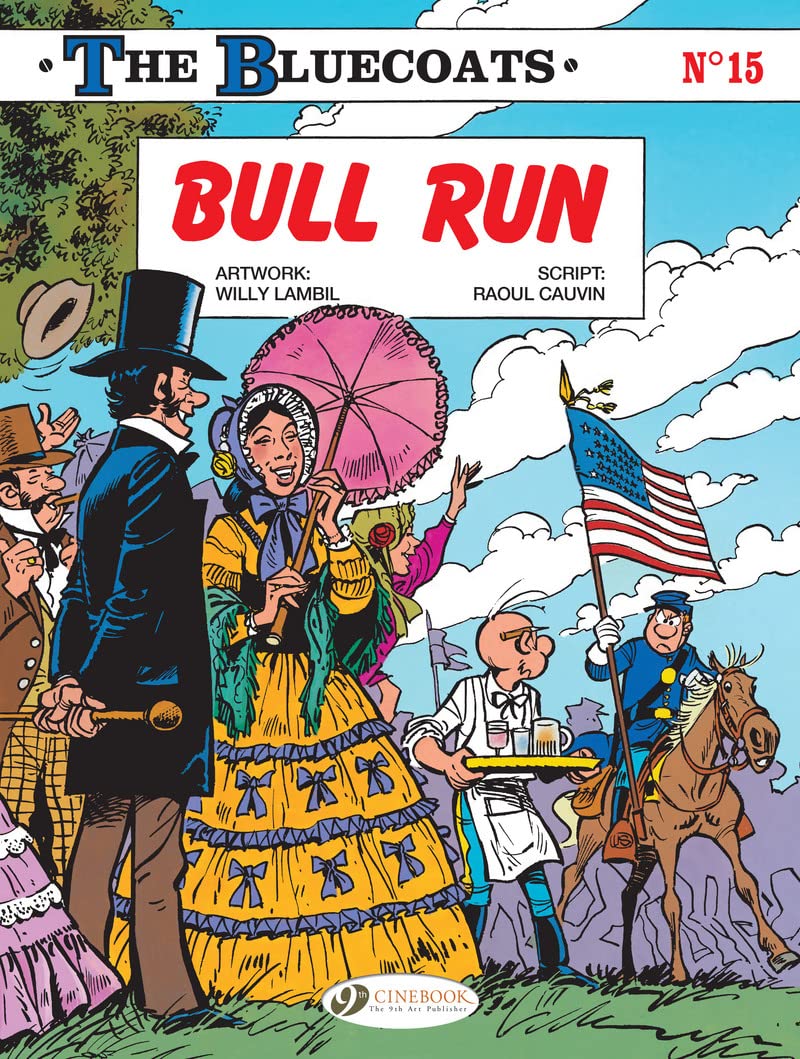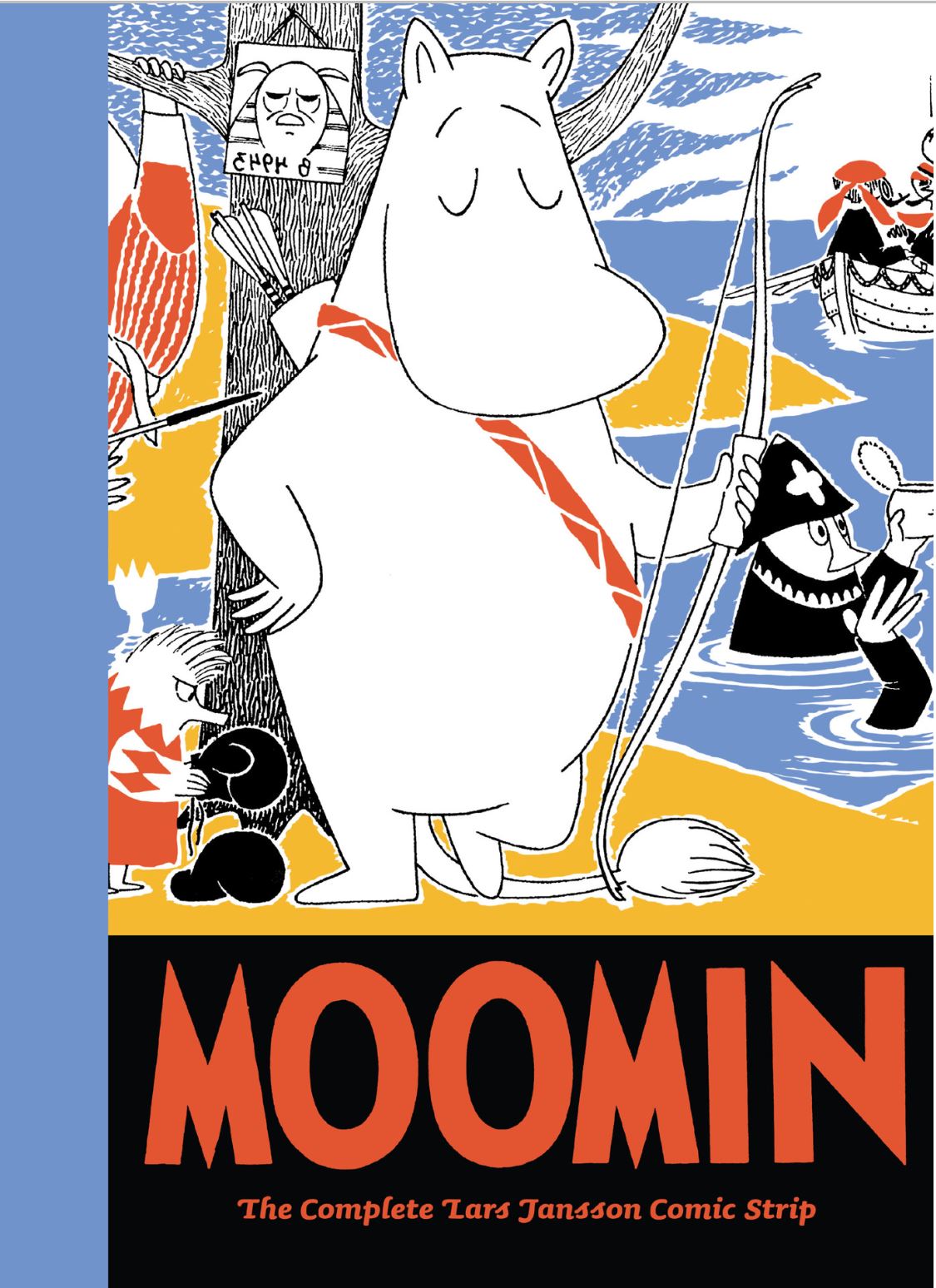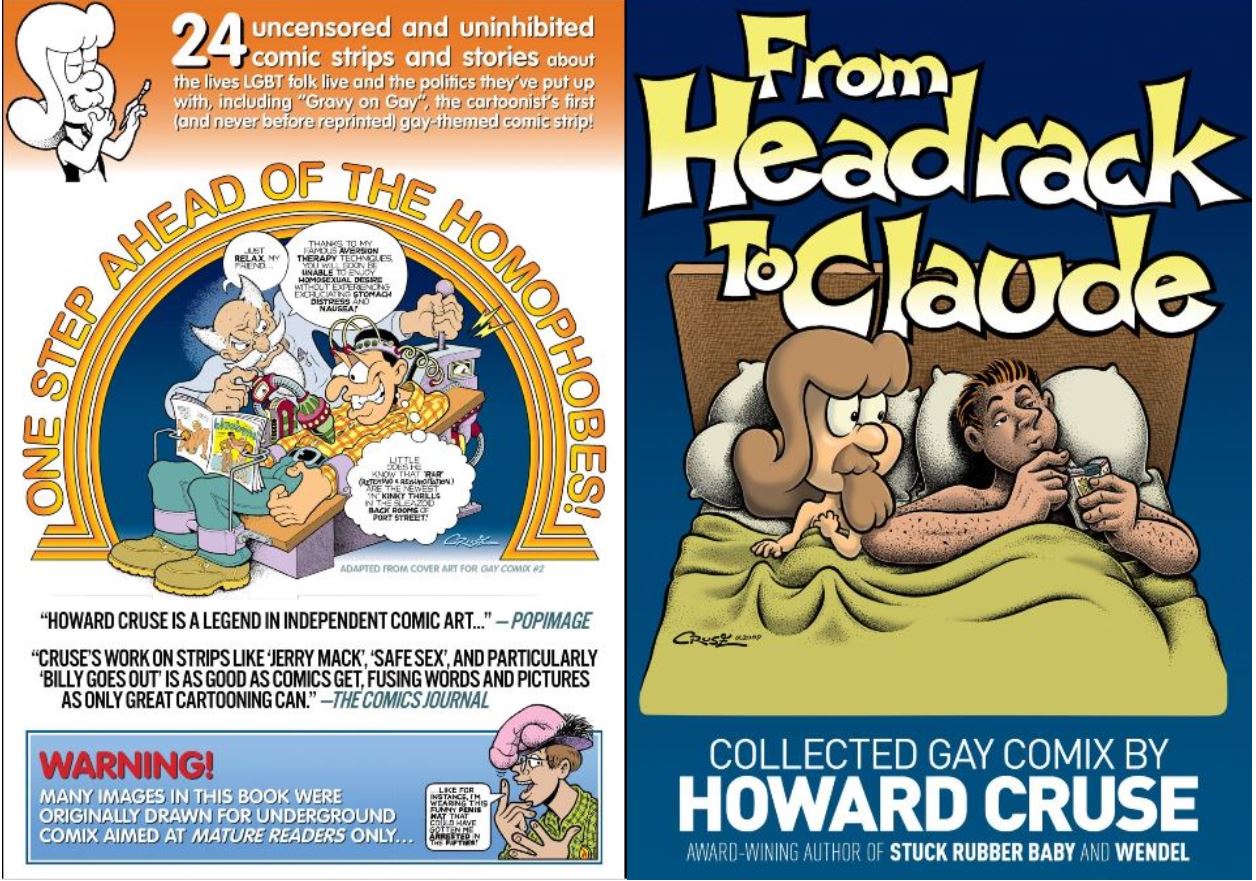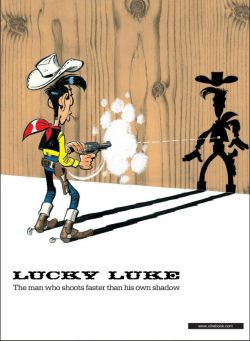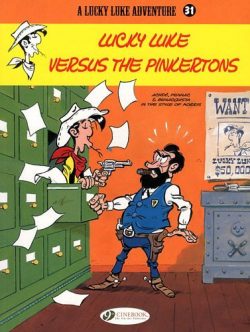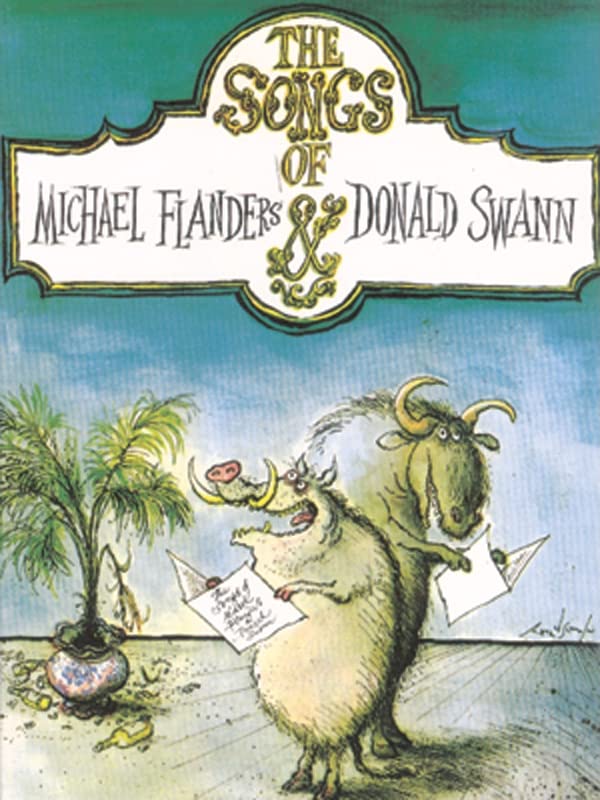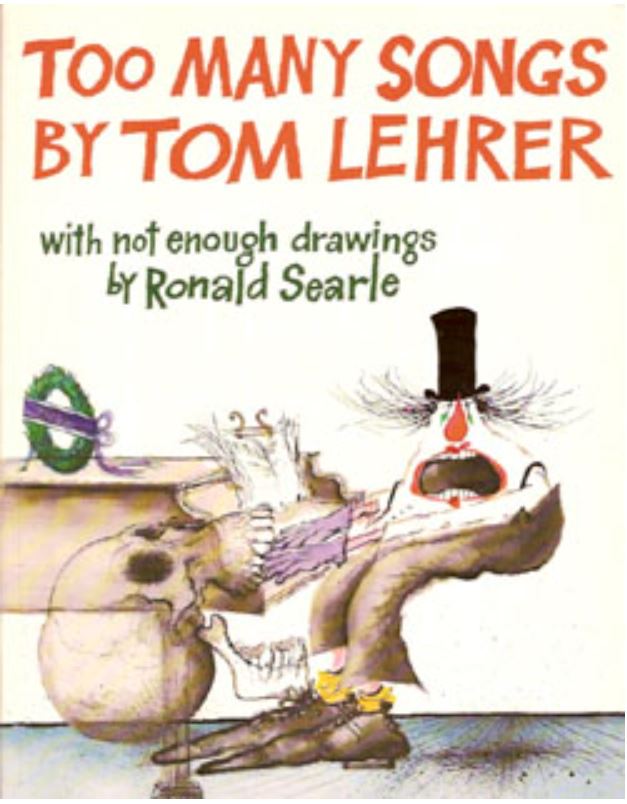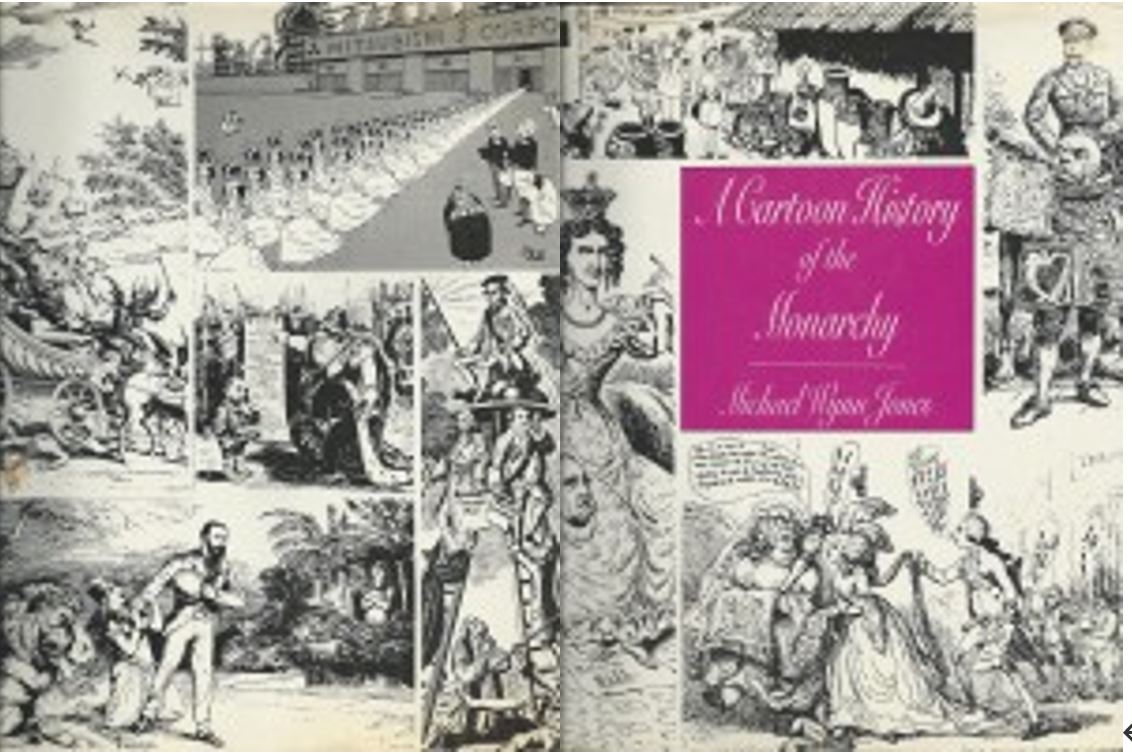

By Jack Kirby, Dick & Dave Wood, Wally Wood & Dick Ayers (Hermes Press)
ISBN: 978-1-61345-129-8 (HB) 978-1-61345-211-0 (TPB) 1-56685-009-6 (Pure Imagination)
Sky Masters of the Space Force was – and remains – a beautiful and eminently readable newspaper strip but one with a chequered and troubled back-story. How much so you can discover for yourself when you buy this book.
Even ever-upbeat and inspirational comics god Jack Kirby spent decades trying to forget the grief caused by his foray into the newspaper strip market during the height of the Space Race before finally relenting in his twilight years and giving his blessing to collections and reprints such as this one from Hermes Press.
Be grateful that he did because the collected work is one of his greatest achievements, even with the incredible format restraints of one tier of tiny panels per day, and a solitary page every Sunday. Decades later this hard-science space adventure is still the business!
And that’s despite the acrimonious legal manoeuvrings that poisoned the process of creating the strip from start to finish. That can of worms you can read for yourself in Daniel Herman’s forthright ‘Introduction: Jack Kirby, Wally Wood, and Sky Masters’ which precedes the astronautical adventures contained herein…
Just for context though: against a backdrop of international and ideological rivalry turned white-hot when the Soviets successfully launched Sputnik in 1957, the staid George Matthew Adams newspaper syndicate decided to finally enter the 20th century with a newspaper feature about space.
After approaching a reluctant DC Comics (then National Periodicals Publications) a deal was brokered. The project was steered by editor Jack Schiff who convinced Jack Kirby, inker Wally Wood (later replaced by Dick Ayers) and scripters/brothers Dick and Dave Wood (no relation to Wally) to begin bringing the conquest of the cosmos into our lives via an all-American astronaut, his trusty team of stalwart comrades and the philanthropic largesse of the newly-minted US Space Force (who knew Donald Trump could read back then?).
The daily strip launched on September 8th 1958 and ran until February 25th 1961; scant months before Alan Shepherd became in reality the first American in Space on May 5th.
The Sunday colour page told its five extended tales (The Atom Horse, Project Darkside, Mister Lunivac, Jumbo Jones and The Yogi Spaceman) in a separate continuity running from February 8th 1959 to 14th February 1960. They are sadly not included in this monochrome archival collection, but at least that gives us fans something to look forward to…
This tense, terse and startlingly suspenseful foray into a historical future begins with ‘The First Man in Space’ (September 8th – November 21st 1958) as Major Schuyler “Sky” Masters becomes the second man in space. Romantically involved with Holly Martin, he is hurled into orbit to rescue her astronaut father after the bold pioneer encounters, in the pitiless reaches above Earth, something too horrible to contemplate…
Human tragedy and ever-impinging fear of the unknown of that moody tale informs all the tales that follow, and as Holly Martin’s feisty brother Danny and burly Sgt. Riot join the cast (who do they remind me of?) for ‘Sabotage’ (22nd November – 7th March 1959), the quintessential components of all great comics teams are in place.
In this second encounter the stage expands enormously and a member of the vast Space Force contingent sinks into derangement: convinced colonization of the void and abandonment of Mother Earth is an unholy abomination.
That’s bad enough, but when he’s despatched as one of the six pathfinders constructing America’s first permanent orbiting space station, disaster is assured unless Sky can expose him and stop his deadly machinations…
Even as grim yet heady realism slowly grew into exuberant action and fantastic spectacle, the strip moves into high dramatic gear as woman pilot (or “aviatrix”) ‘Mayday Shannon’ (9th March – 9th May) joins the squad. The Brass have high hopes that she will prove “females” can thrive in space too. They didn’t reckon on her publicity-hungry greed and innate selfishness. Happily, the magnetic allure of the stars ultimately overcomes her bad side and Sky is on hand to deal with her ruthlessly unscrupulous manager…
A medical emergency tests the ingenuity of our dedicated spacers when project instigator and patriarch Doctor Royer is taken ill and Sky must ferry a surgeon to him in ‘To Save a Life’ (11th May – 10th June) after which the tireless Major and an unsuspected rival for Holly’s affections are stranded together on a New Guinea island of cannibals after losing control of ‘The Lost Capsule’ (11th June – 23rd September)…
During that heady meeting of ancient and modern cultures, inker/finisher Wally Wood was replaced by Dick Ayers (although the signatures remained “Kirby & Wood” for years more. Maybe the credit was for the writers?).
The incalculable terrors of space manifested with the next saga as ‘Alfie’ (24th September 1959 to 13th January 1960) carried the heroes of the New Frontier into the next decade. When young astronaut crewman Marek joins the orbiting space wheel, he begins periodically suffering bizarre fits. Every four hours for seven and a half minutes, the young American seems to channel the personality of aging East End cockney thief Alfie Higgins. With the fear that it might be some kind of infectious space madness, Sky and Riot head for London to link up with Scotland Yard in a gripping mystery drama blending jewel robbery and murder with the eerie overtones of Dumas’ Corsican Cousins…
The constant tensions of the Cold War and Space Race come to the fore in ‘Refugee’ (14th January – 19th February) as Sky and the US Space Force aid a most unlikely and improbable Soviet defector’s escape to the West…
Now a fully-trusted and dedicated member of the squad, Mayday Shannon returns to solve an astronaut’s romantic dilemma by arranging a ‘Wedding in Space’ (20th February – 20th April), before the true threat of the outer depths is tackled when Sky meets astronautical guru and maverick Martin Strickland. A tempestuous but invaluable asset of the Space program, the intellectual renegade has proof of alien life but won’t share the ‘Message from Space’ (21st April – 22nd June) unless military and civil authorities give him carte blanche to act on humanity’s behalf…
Counterbalancing such speculative sci fi aspects, the penultimate adventure is very much Earthbound and grounded in contemporary science and economics. ‘Weather Watchers’ (23rd June – 27th December) finds greedy capitalist entrepreneur Octavius Alexia realise he can make huge profits by scamming insurers if he has access to advance weather predictions afforded by the growing web of satellites orbiting the world.
To monopolise on that valuable information, he targets Mayday with the latest in espionage technologies and male honey trap J. Mansfield Sparks III. It might have all gone his way too if the woman hadn’t been so smart, and his mercenary gigolo had remained unencumbered by conscience…
The series ended in a rather rushed and rapid manner with ‘The Young Astronaut’ (28th December 1960 – 25th February 1961) wherein a new recruit proved to be too good to be true. Excelling at every aspect of the harsh training, Frederick T. “Fission” Tate had ulterior motives for getting into space. Luckily, suspicious Major Masters was right beside him on that first flight into the Wide Black Yonder…
As well as these stellar tales of stellar wonder, this volume also contains an abundance of visual extras such as a numerous covers and samples of Kirby’s contemporary comic book work, plus original art panels in a ‘Focus’ section, which almost compensates for the absence of the Sunday colour pages. Almost…
This compilation comprises a meteoric canon of wonderment that no red-blooded armchair adventurer could possibly resist, but quite honestly, I simply cannot be completely objective about Sky Masters.
I grew up during this time period and the “Conquest of Space” is as much a part of my sturdy yet creaky old bones as the lead in the paint, pipes and exhaust fumes my generation readily absorbed. That it is also thrilling, challenging and spectacularly drawn is almost irrelevant to me, but if any inducement is needed for you to seek this work out let it be that this is indisputably one of Kirby’s greatest accomplishments: engaging, beguiling, challenging and truly lovely to look upon. Now go enjoy it.
Back in 2000, Pure Imagination Publishing released The Complete Sky Masters of the Space Force, which also contains an abundance of essays; commentary and extras such as sketches and unpublished art, as well as those omitted Sunday pages, albeit printed in black and white. If you have the resources and that completist bug it’s worth hunting down, until such time as modern publishers finally catch on and print everything.

© 2017 Herman and Geer Communications, Inc. d/b/a Hermes Press. Introduction and Focus © 2017 Daniel Herman.

